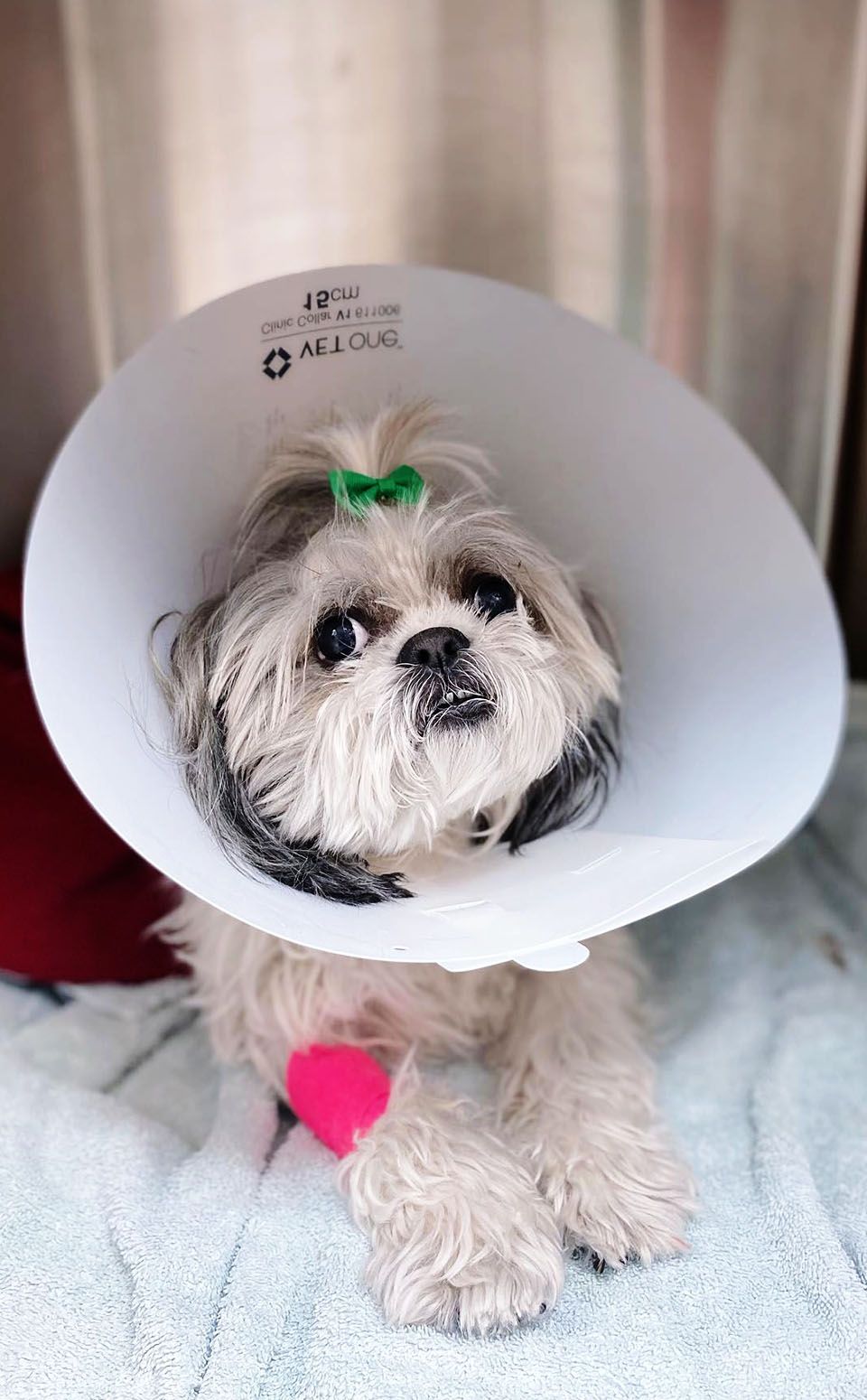
Reasons To Spay Or Neuter Your Pet:
Spaying or neutering can decrease aggressive behaviors in male pets.
It can decrease the desire for pets to roam and find mates.
Spaying or neutering can decrease pet overpopulation and pet euthanasia.
It can decrease the risk of mammary gland tumors.
Spaying eliminates heat cycles, bleeding, and yelling for a mate.
It eliminates or reduces marking and spraying in pets.
Neutering reduces the risk of prostate cancer and testicular cancer.
Avoiding womb infections, aka Pyometra, which can lead to uterus rupture and several organ failures.
Spaying reduces the risk of ovarian and uterine cancers in female pets.
What Does Spaying or Neutering Involve?
After a certain age, pets may need spaying or neutering to prevent breeding. Spaying is the procedure for females, and neutering is for males. These surgeries typically take less than an hour and do not require an overnight hospital stay.
Although the surgeries may cause some discomfort, pets can generally recover quickly with proper care. Your vet may prescribe pain medication and antibiotics, and you should follow these tips to aid in your pet's recovery:
Although the surgeries may cause some discomfort, pets can generally recover quickly with proper care. Your vet may prescribe pain medication and antibiotics, and you should follow these tips to aid in your pet's recovery:
Limit your pet's activity for the first few days after surgery to allow them to rest and heal. No running or jumping!
Check the incision site daily to make sure it's healing properly.
Give your pet a quiet, comfortable space to rest and recover, away from other animals.
Prevent your pet from licking the incision site by using an Elizabethan collar or closely monitoring them.
Wait at least 10 days before giving your pet a bath.
If you notice any signs of infection, such as excessive swelling, redness, or discharge, contact our office right away.



